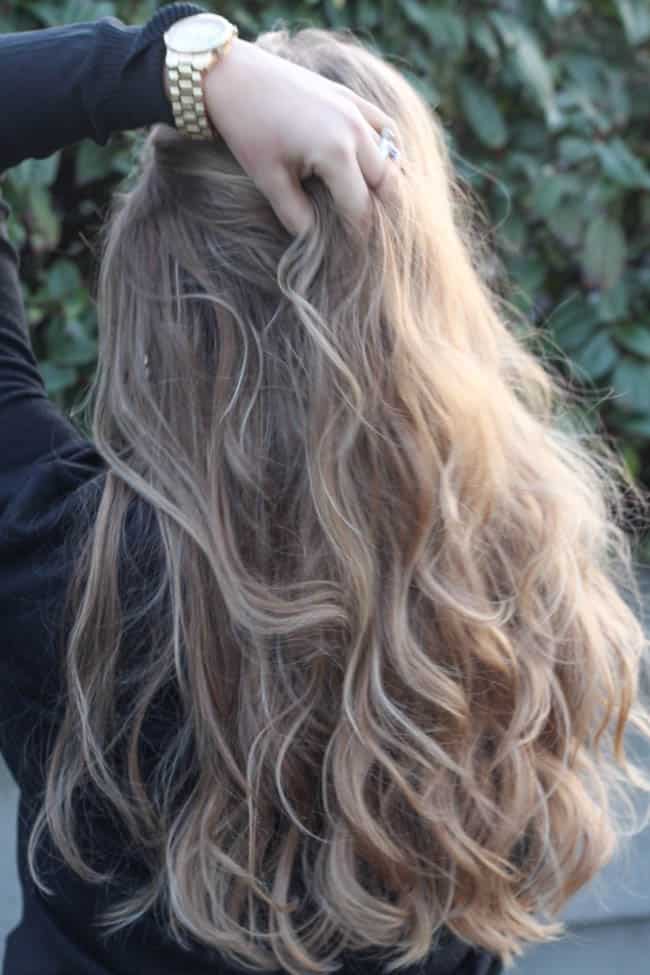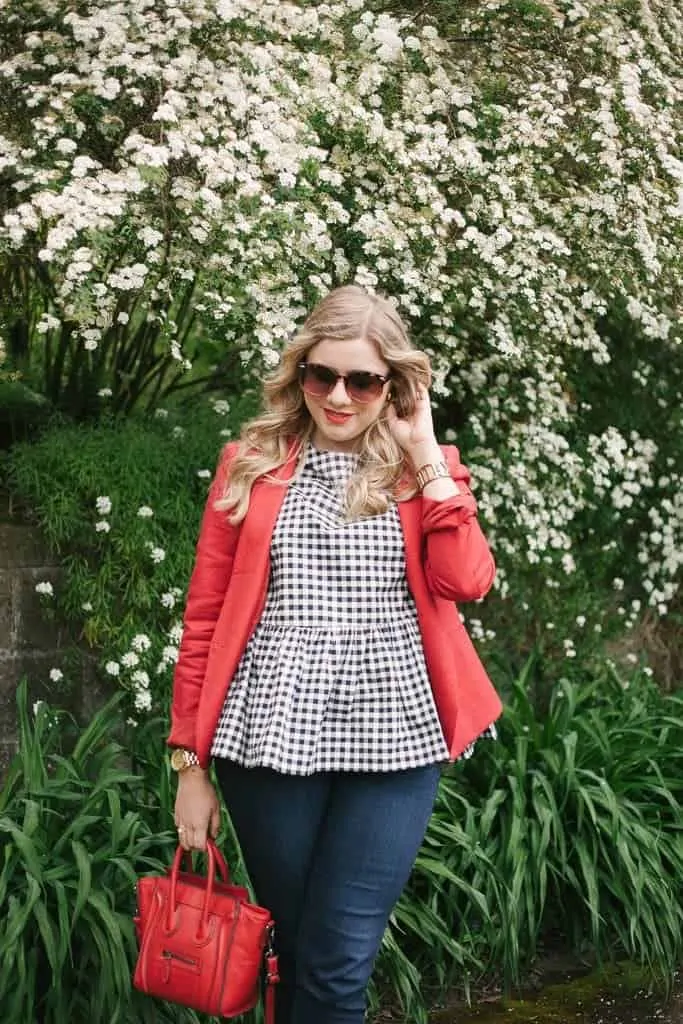I don’t know about you guys but one of my first stops once things start to open up here in Seattle will be a trip to my hair salon. My hair needed help before we went into lockdown. It looks positively terrible now. Three inches of roots, longer than it’s ever been, so many broken ends. The only thing going for it is that I’ve almost completely eliminated all heat damage. Why blow out your hair if you’re at home, right?
Anyways, the moral of the story is that I desperately need to get my hair done and am planning out what I’ll be doing when the time comes. This brings us to the topic of today’s post, how to get exactly what you want from your hairstylist.
Back in 2016, I got to interview one of the top hairstylists here in Seattle on this very topic. Robert Townsend and his assistant Megan Heinson talked me through the process. Here is their best advice, from the mouths of experts!
How to Get Exactly What You Want from Your Hairstylist
BEFORE YOU CUT
We’ve all been in that situation: you’re at a new stylist for the first time and they are armed with scissors. Well, there are ways to ensure that you don’t leave in tears (I’ve been there, it’s not fun for anyone). Townsend says, start by doing your research. Most stylists these days have Instagram accounts where they feature their work. If their account is inspirational pictures of other people’s work, be cautious and ask to see their work portfolio. You want to get a good idea of the types of cuts and colors they specialize in before committing to a cut. You can also call around to different salons in your area and ask who specializes in blondes, specific cuts, etc to help you find the perfect stylist.
Townsend also suggests that you use inspirational photos but with a grain of salt. Pinterest is a great place to get ideas but this industry expert knows just how much Photoshop goes into making those glamorous looking images. Color is often retouched and edited to look magazine-worthy and Townsend dropped an industry secret that many images of the pastel hair trend you see are simply blondes that have been photo edited.
WHEN YOU’RE IN THE CHAIR
The consult is one of the most important parts of your salon visit. If you’re feeling unsure about what to expect, ask for a complimentary consultation prior to your visit to meet your stylist and work our exactly the look you’re going for. Both Townsend and Heinson say that every visit to your stylist, whether new or old, should start with a consultation. Your stylist should take the time to look at your hair and see it’s texture, thickness, and examine any damage or breakage. From here you’re both discussing what type of look you want all while taking into consideration your lifestyle, hair type, face shape, and skin tone.
Townsend also notes to remember that they are the professionals. If your stylist is being honest with you, as they should be, and they say a specific color or cut doesn’t suit it’s likely they are right and you won’t be happy with the final result.
AT HOME CARE
Now you’ve walked out of the salon feeling like a million bucks and praising your stylist to and all who will listen comes the hard part, keep that hair looking salon-worthy at home. A good stylist should be able to educate you the client on how to keep your locks looking fresh but if not, here’s what Townsend and Heinson have to say!
Both agree that you need to start off with good products. When using a high-quality shampoo and conditioners like Pureology or Redken, you don’t need to use as much product to see results. Heinson says you should shampoo only your scalp then condition only your hair from the ears down. This way product is doing its job correctly. Your scalp produces all the oil for conditioning it needs while your ends don’t need to be scrubbed clean (rubbing and scrubbing your ends will actually just promote broken ends).
RECREATING THE SALON LOOK
As far as styling products, Heinson says to use first what you want to see the most from your hair. Need big volume? Start with a volumizing mousse. Want smoothy and silky locks? Start with a smoothing serum or balm. In regards to my habit of sleeping with wet hair, Heinson says don’t do it. Hair stretches 50% more when it’s wet versus dry so always dry at least the roots before styling in any way (aka sleeping with wet hair in a topknot).
Heinson also had some great troubleshooting tips. If you’re seeing steam while blowdrying, you either 1) are using too high of heat setting or 2) didn’t properly rinse out your conditioner. Curls falling flat? Product is the key! Start with curl holding products before you blow-dry and don’t just rely on hairspray to do the job. Finally, Heinson says to save yourself the hassle and only use a round brush once your hair is 90% dry to cut back on blow dry times and always always always use your heat protectant!



